On December 2nd, in the wisdom city discussion of the third IoT conference hosted by enthusiasts, Wang Lijian, technical director of China National Institute of Standardization, brought the latest IoT logo technology and application keynote speech, targeting the Yangtze River of smart cities. Wang analyzed the smart city boom and data management problems, and analyzed the important application meaning of logo technology in smart cities.
Wang Lijian, technical director of the China National Institute of Standardization, believes that the craze for smart cities has started to rise in 2009. Today, the open sharing of data is the core of urban intelligence. A city will involve different environments, management environment, open environment, knowledge environment, service environment, etc., which will generate a large amount of data, open sharing and data management between data. Ability, etc., all test the "wisdom" of a city. Use OID to solve the problem of open data sharing.
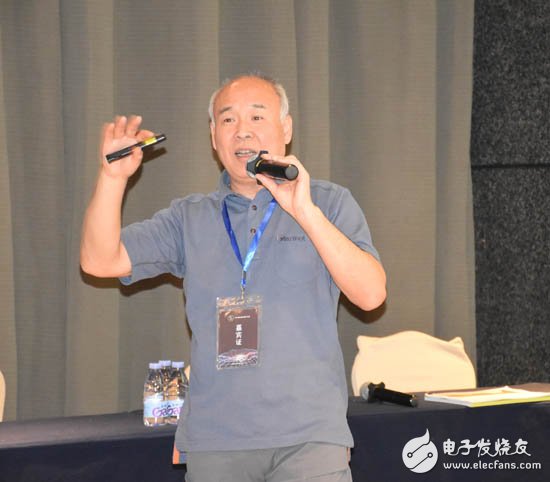
In 2009, China began to research and promote smart cities. The Ministry of Housing and Construction and the Ministry of Science and Technology piloted 277 pilot cities in China, including 20 Ministry of Science and Technology and the National Standards Committee Smart City. This is the highest gold content, 20 cities are Carefully chosen. The development of standards through pilots is an important driving factor, and there are about 10 countries entering the country today.
The Internet of Things is not about rebuilding a network. Instead, it has added his service target to the existing network. First, the Internet can be accessed. The State Council and the Ministry of Industry and Information Technology have described it in the 12th Five-Year Plan. There must be three major technologies: two-dimensional code. , RFI tags and smart sensors.
What is OID? It is an object identifier. In the opinion of Director Wang, in the Internet of Things as an identifier, the OID identification system is the best solution. It is an identifier jointly proposed by three international standards organizations. The application areas of the former OID include information security, medical, network management, standards, organization and interoperability solutions for heterogeneous identification systems. About three years ago, OID registered 100,000 in the world. With the development of the Internet of Things, cloud computing and big data, the number of OID registrations has risen in the millions. Director Wang then introduced OID's application in the field of health care, pointing out that OID has been widely used in foreign health systems ten years ago. Their inspection reports in hospitals are universal. Domestically, patients are here. It is unreasonable for the hospital to be a CT and to do it again in the next hospital. This is unreasonable, so the Chinese Ministry of Health has realized this and is doing such a unified coding.
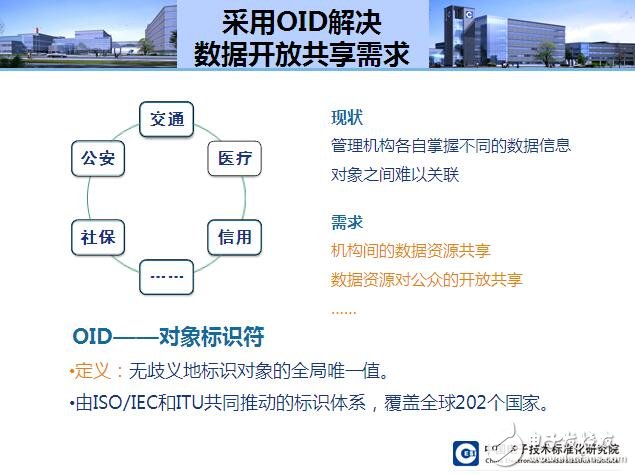
In 2006, the Ministry of Information Industry approved the establishment of the National OID Registration Center, representing the Chinese OID branch under the National Management ISO and ISO-ITU, responsible for the registration, management, maintenance and international filing of OIDs in the country, and participating in the standardization on behalf of China. activity. So far, only the support organization established by the competent authorities of the Internet of Things based on the identification of the Internet of Things has been able to name the Internet of Things logo with the national standard.
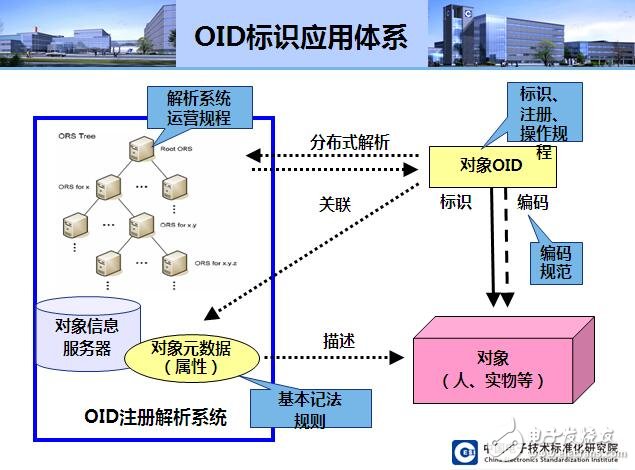
In the International Organization for Standardization, OID is a system of identification promoted by ISO/IEC and ITU, covering 202 countries around the world. Compared with Handle system and Ecode, OID logo has strong scalability and hierarchical structure. The technical system includes coding, storage and analysis. It has a wide range of applications. It is used in 202 countries in medical and health, information security, network management, and identification schemes. use. The top-level node OID registration center in China was established in 2007 and is responsible for managing the top OID under the Chinese node. Domestic lower-level nodes can be managed autonomously by each node organization, which is flexible and efficient.
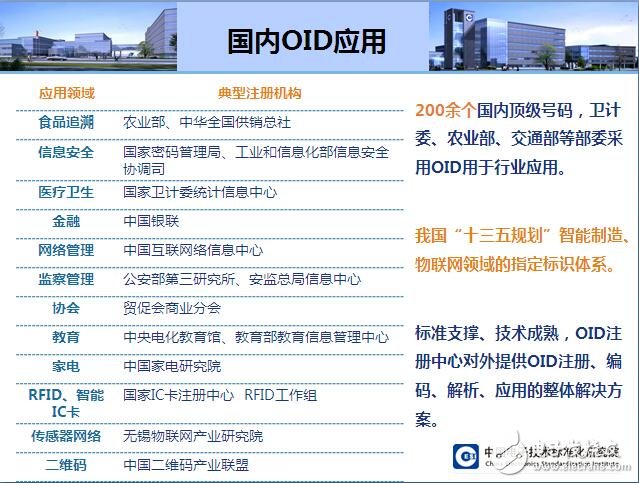
Director Wang made a brief comparison between the OID logo system and eCode and Handle. Director Wang pointed out that among the national standards and industry standards, OID has 29 national standards (14 national standards for OID basic categories, applicable countries). Standard 15 items have been released, eCode has national standards and no international standards.
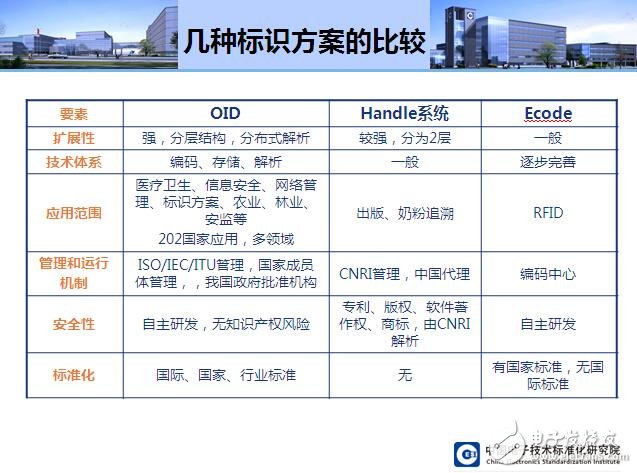
200W Medical Device Power Supply,200W Medical Power Adapter,200W Rade Power Supplies
Shenzhen Longxc Power Supply Co., Ltd , https://www.longxcpower.com